This presentation will explain the following points in brief
- Design criteria and considerations for pipe wall thickness
- Pipeline stability calculations
- Cathodic protection and anode sizing calculations.
- Pipeline laying analysis
- Pipeline Construction methods and procedure
- Repair procedure
Categorization of Fluids
Fluids to be transported by the pipeline system shall be categorized according to their hazard potential.
| Category | Description |
| A | Non-Flammable water-based fluids |
| B | Flammable and/or toxic substances which are liquids at ambient temperature and atmospheric pressure conditions. |
| C | Non-Flammable substances which are non-toxic gases at ambient temperature and atmospheric pressure conditions. |
| D | Non-toxic single-phase natural gas |
| E | Flammable and/or toxic fluids are gases at ambient temperature and atmospheric pressure conditions. |
Pipeline Location Classes
The pipeline system shall be classified into location classes as defined in the table.
| Location | Definition |
| 1 | The area where no frequent human activity is anticipated along the pipeline route. |
| 2 | The part of the pipeline is in the near platform (manned) area or in areas with frequent human activity. The extent of location class 2 should be based on appropriate risk analyses. If no such analyses are performed a minimum distance of 500 m shall be adopted. |
| SUBSEA PIPELINE ZONES | LOCATION | REASON |
| LANDFALL AREA | 2 | FOR FREQUENT HUMAN ACTIVITY ALONG THE PIPELINE ROUTE. NOTE: SHIPS ARE TREATED UNDER HUMAN ACTIVITY |
| 500 m NEAR SHORE ADJACENT TO LANDFALLS | 2 | |
| SHIPPING CHANNEL | 2 | |
| ANCHORING AREA | 2 | |
| REST ZONE | 1 | NO FREQUENT HUMAN ACTIVITY IS ANTICIPATED. |
Safety Classes
Pipeline design shall be based on potential failure consequences.
| Safety Class | Definition |
| Low | Low risk of human injury and minor environmental and economic consequences. (Installation phase) |
| Normal | Considerable risk of human injury, significant environmental pollution or very high economic and political consequences. (Operation outside platform area) |
| High | High risk of human injury significant environmental pollution or very high economic and political consequences. (Operation in location class 2). |
| SUBSEA PIPELINE ZONES | LOCATION | SAFETY CLASS (FLUID CATEGORY E) | |
| CONSTRUCTION PHASE | OPERATION PHASE | ||
| LANDFALL AREA | 2 | LOW | HIGH |
| 500 m NEARSHORE ADJACENT TO LANDFALL | 2 | LOW | HIGH |
| SHIPPING CHANNEL | 2 | LOW | HIGH |
| ANCHORING AREA | 2 | LOW | HIGH |
| REST ZONE | 1 | LOW | NORMAL |
Note: construction phase means up-to pre-commissioning
Minimum and Maximum Water Depths
The maximum and minimum water depths for various subsea pipeline zones shall be listed as below:
| SUBSEA PIPELINE ZONES | LOCATION | WATER DEPTHS RANGE (m) | |
| MAXIMUM | MINIMUM (*) | ||
| LANDFALL AREA | 2 | ||
| 500 m NEARSHORE ADJACENT TO LANDFALLS | 2 | ||
| SHIPPING CHANNEL | 2 | ||
| ANCHORING AREA | 2 | ||
| REST ZONE | 1 |
Installation of Pipeline
- Pipeline route survey
- Marine operations
- Pipeline installation
- Tie-in operations
- As-laid survey
- Span rectification and pipeline protection
- Installation of protective and anchoring structures
- Installation of risers/ platforms/ buoys
- As-built survey
- Final testing and preparation for operation
Operation
- Organization and management
- Start-up and shutdown
- Operational limitations
- Maintenance
- Corrosion control, inspection, and monitoring
- General inspection
- Special activities
Abandonment
- Environment and especially pollution
- Obstruction for ship traffic
- Obstruction for fishing activities and
- Corrosion impact on other structures
Design Principles-System Integrity
- Fulfill the specified transport capacity
- Fulfill the defined safety objective and have required resistance against loads during planned operational conditions and
- Have sufficient safety margin against accidental loads or unplanned operational conditions
Monitoring/Inspection during operation
- Parameters that could violate the integrity of a pipeline system shall be monitored and evaluated with a frequency that enables remedial actions to be carried out before the system is damaged.
- Instrumentation of the pipeline system.
- The pressure in a pipeline system shall not exceed the design pressure during normal steady-state operation.
Pressure Control System
- A pressure control system shall be used to prevent the internal pressure at any point in the pipeline system from rising to an excessive level.
- The pressure control system comprises the pressure regulating system, pressure safety system and associated instrumentation and alarm system.
Pipeline Route-Route Survey
- A survey shall be carried out along the planned pipeline route to provide sufficient data for design and installation-related activities.
- The survey corridor with sufficient width.
- To identify possible conflicts with existing and planned installations and possible wrecks and obstructions.
- All topographical features which may influence the stability and installation of the pipeline – unstable slopes, sand waves, deep valleys, large boulders, etc.
Pipeline Route- Seabed properties
- Geotechnical properties necessary for evaluating the effect of relevant loading conditions shall be determined for the seabed deposits
- Soil parameters
- Problems with respect to excavation and burial operations
- Problems with respect to the pipeline crossing
- Problems with the settlement of the pipeline system and /or the protection
- Possibilities of mudslides or liquefaction as the result of repeated loading and
- Implications for external corrosion
Environmental Conditions
| WIND TIDE WAVES INTERNAL WAVES AND OTHER EFFECTS DUE TO DIFFERENCES IN WATER DENSITY | CURRENT ICE EARTHQUAKE SOIL CONDITIONS TEMPERATURE MARINE GROWTH |
Determination of pipe wall thickness for subsea pipeline section following failure modes to be considered:
Failure Mode
- PRESSURE CONTAINMENTS
- SYSTEM COLLAPSE
- PROPAGATION BUCKLING
Governing Factors
- The pressure containment (bursting) limit state is not the governing case in determining the pipe wall thickness
- Both pipeline installation and propagation buckling criteria are important in governing the pipe wall thickness
- Buckle arrestor if necessary.
Governing Codes
The pipeline wall thickness for the subsea pipeline section is designed in accordance with the guidance provided in DNV OS – F101 submarine pipeline systems
Pipeline Diameter
The inside diameter is generally taken as constant along the entire pipeline length in order to facilitate the pigging operation.
Steel Grade
The subsea pipeline steel (of C-Mn)grade is selected as API-5L X65 considering the probability of accidental events (e.g. from earthquakes, ships, unauthorized traveling, etc.).
- DESIGN PRESSURE
- DESIGN TEMPERATURE RANGE
- PRODUCT DENSITY
CORROSION ALLOWANCE:
- For gas composition (no water present), it is expected that there will be no internal corrosion. Thus no internal corrosion allowance may be taken.
- For fluid composition (water present), it is expected that there will be internal corrosion. Thus internal corrosion allowance may be taken.
Design Philosophy
The required pipe wall thickness is established considering the following:
Pressure containment (bursting) limits the state
- For operation phase
- For the system pressure test
Local buckling limit state
- External pressure ) collapse
- Propagation buckling
Pressure Containment (BURSTING)
The calculation steps are listed below…
- Step 1: Determine the thickness requirement at the landfall area
- step 2: verify the above thickness from the system test
- step 3: verify the above thickness from operation condition at a maximum Water depth
- step 4: verify the above thickness for system test pressure at a maximum water depth
Change the thickness value, if necessary to satisfy the checks and conclude the minimum thickness requirement from pressure containment (bursting).
System Collapse and Propagation Buckling
The calculation steps are listed below…
- Step 1: Verify the above-determined thickness for system collapse in maximum water depth condition
- step 2: change thickness, if necessary to satisfy the system collapse check
- step 3: verify the above-determined thickness for propagation buckling in maximum water depth condition
- step 4: change thickness, if necessary to satisfy the propagation buckling check.
Conclude the pipe wall thickness requirement from system collapse and propagation buckling criteria.
PRESSURE CONTAINMENT (BURSTING)-AT ABOVE-WATER LOCATIONS:
- For landfall locations that are of safety class “high”, the pipeline thickness requirement is calculated for operating condition
- If this thickness is more than the minimum requirement of 12 mm, this thickness is retained for further checks.
- To complete the installation phase of the subsea pipeline system, a pressure test would be performed. The pipeline is filled with water during the pressure test. Find out whether it is acceptable or not.
STABILITY CALCULATIONS FOR THE SUBSEA PIPELINE – CONCRETE THICKNESS DESIGN:
BASIC CONSIDERATIONS:
- The water depth variation along the subsea pipeline route is considered.
- In the shipping channel and in the ship anchoring area, the pipeline must be in a trench with a cover of 1.3 D, D being the overall coated pipe diameter.
- Postlay trenching may be considered if soil condition permits.
- Environmental data (wave and current).
- Current is considered to always act perpendicular to the pipeline.
- Most conservative wave with its direction/ approach with respect to the pipeline axis is considered.
- Wave refraction is neglected.
- Concrete thickness shall be designed in multiple of 5 mm (e.g. 50 mm, 55 mm, 60 mm etc. and shall be optimised to reduce strain concentration at field joints during pipelaying.
Environmental conditions for different pipe burial conditions:-
| When pipeline section is designed as | Wave and current return period conditions to be considered | ||
| 1 year | 10 year | 100 year | |
| Exposed section | – | – | Yes |
| Postlay trenched section | Yes (Exposed) | Yes (in trench) | Yes (in trench) |
| Prelay trenched section and mechanically backfilled following pipeline installation | Yes (in trench) | Yes (in trench) | – |
Design Methodology:
Step – 1:
- First check whether the steel pipe is having a negative buoyancy force or not (in absence of wave and current). If not, find out the minimum concrete thickness to make the pipeline negatively buoyant.
Step – 2:
- Consider exposed pipeline on sea bed and carry out stability assessment. For the purpose consider the deeper part of the pipeline route.
- Find out the minimum required concrete thickness for various water depth upto maximum water depth. Decide on the exposed pipeline section length (with its minimum and maximum water depth) and an uniform concrete thickness (if possible) for this section.
Step – 3:
- Find the concrete thickness requirement (for the pipe exposed installation period – 1 year return period conditions for wave and current) for various water depths shallower than the above determined minimum water depth of the exposed pipe section.
- Consider postlay trenching for this zone and check the pipe stability (with the above designed concrete thickness) under 10 years and 100 years return period environmental conditions (to check pipeline stability for backfill with excavated soil and naturally backfilled condition, respectively) to conclude the concrete thickness requirement for this postlay trench zone. Minimum and maximum water depths are to be noted for this zone.
- The pipeline in the rest water depths shallower than the above minimum water depth limit shall be in a prelay trench which will be mechanically backfilled following pipeline installation.
Step – 4:
- Check sample pipeline stability in the prelay trench zone for the installation period (1 year and 10 year return period conditions for wave and current) and decide on the concrete thickness requirement for this zone.
Step – 5:
- Check vertically stability for the pipeline (sinking in case of exposed pipe section and sinking as well as floatation in case of trenched and backfilled pipe section).
Step – 6:
- Summarise the above results to highlight the concrete thickness design along the pipeline route, with the trenching (prelay and postlay) requirement as envisaged (from pipeline protection from ship hazards).
DESIGN DATA AND BASIS: LINE PIPE CHARACTERISTICS:
- Pipe characteristics
- Anti corrosion coating
- Field joint coating
- Concrete coating
- Pipe contents
- During installation phase pipeline is air filled.
- During operation phase pipeline is filled with product
ENVIORNMENTAL DATA AND HYDRO DYNAMIC LOADS:
- The pipeline on bottom stability assessment is based on a given return period of near-bottom environmental loads acting on the pipe. These hydrodynamic loads are defined as flow-induced loads caused by the relative motion between the pipe and the surrounding water. Most critical combination of near bottom wave induced water particle velocity (due to wave) and near-bottom current is thus considered.
- For waves, the angle of attack with respect to the pipe axis is considered to evaluate the water particle velocity and acceleration normal to the pipe axis. Current are considered to be always to be acting perpendicular to the pipeline.
DESIGN DATA AND BASIS: WATER DEPTHS:
- Water depth variation along subsea pipeline route is considered.
DESIGN DATA AND BASIS: ARTIFITIAL EMBEDMENT:
- It is well known that the pipeline in a trench (prelay or postlay with backfilling) facilitate the lateral stability of a pipeline during its life time.
- In order to ensure lateral stability of the pipe with a reasonable concrete thickness, artificial embedment may be emphasized. In the near shore and in areas having the probability of ship hazards.
DESIGN DATA AND BASIS: SOIL FRICTION:
- The lateral soil friction factor for exposed pipe section is taken as 0.7 corresponding to a sandy soil sea bed.
- For the postlay trench case, the lateral soil friction factor is increased to 2.144 using the slope of the trench as 30 degree. For prelay trench case (I.e. flat bottom surface) no change in soil friction is considered.
DESIGN DATA AND BASIS: CURRENT DATA:
- Current velocity at the near bottom (1 meter above sea bed) shall be considered.
- 1 year, 10 year and 100 year return period extreme wave characteristics are selected on the basis of most critical wave case on the pipeline.
DESIGN DATA AND BASIS: Hydrodynamic force coefficients-
In order to calculate the hydrodynamic loads acting on the pipeline, the following dynamic force coefficients to be considered in accordance with following-
| Pipeline case | Exposed pipe section on the sea bed | Prelay and postlay trench section with cover= 1.3XD, D being coated pipe diameter. |
| Drag coefficient | 0.7 | 0.28 |
| Lift coefficient | 0.9 | 0.36 |
| Inertia coefficient | 3.29 | 1.81 |
DESIGN DATA AND BASIS: VERTICAL STABILITY-
It is necessary to check the following:
- Sinking check for exposed pipeline section (water filled condition)
- Sinking and floatation checks for trenched and backfilled pipeline sections (for sinking pipe water filled condition and for floatation pipe air filled condition)
Online Video Courses related to Pipeline Engineering
If you wish to explore more about pipeline engineering, you can opt for the following video courses

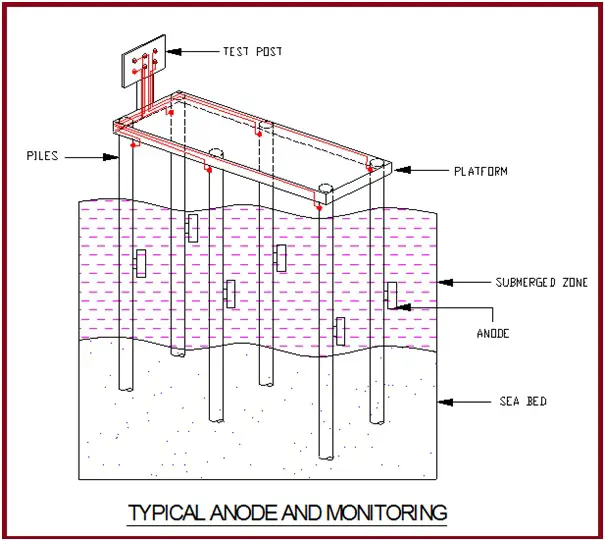
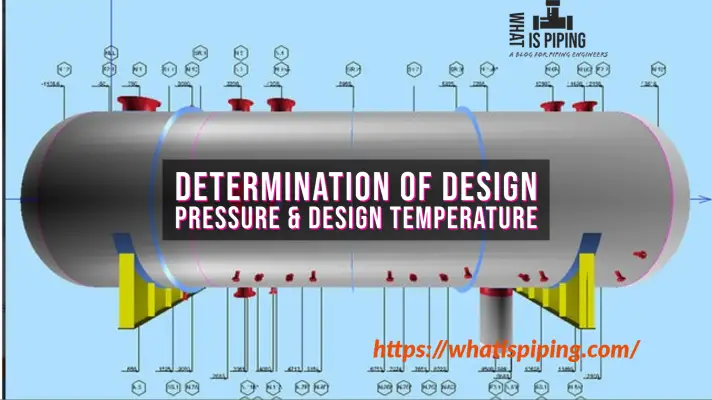

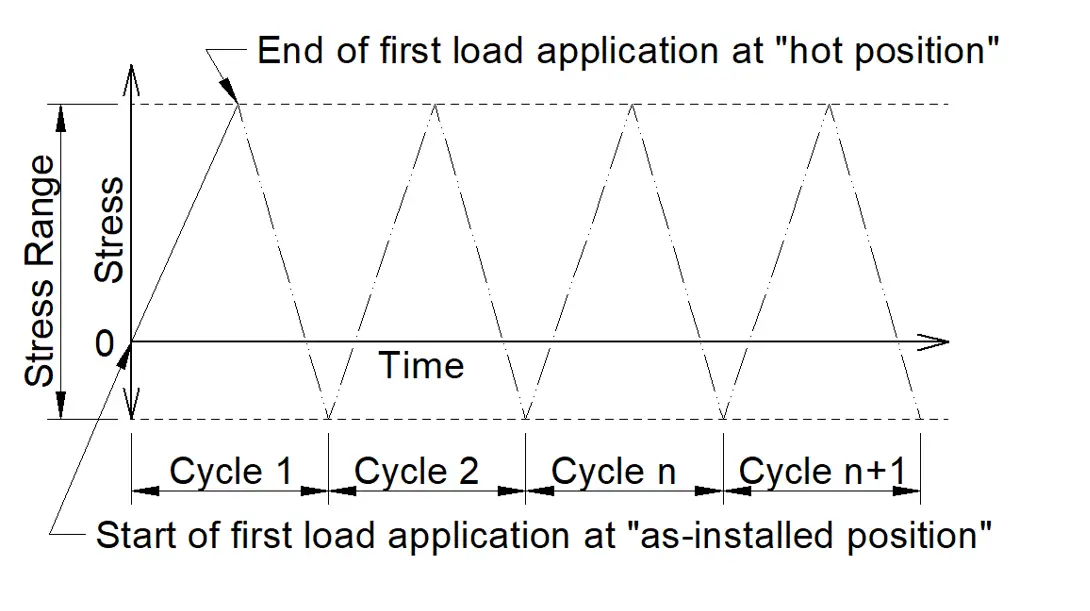
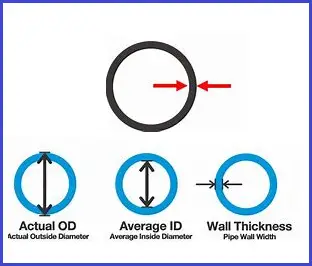
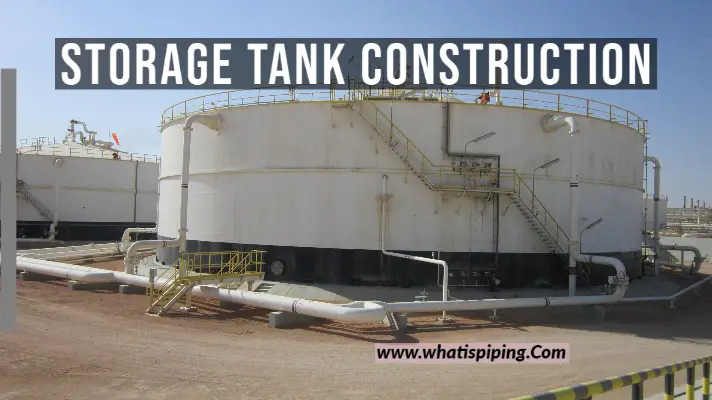
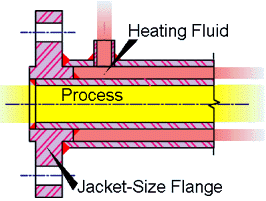

Hi,
I’m mechanical engineer by qualification and having four years of experience in testing and calibration of several mechanical instruments. Currently pursuing masters in professional engineering from Australia and immensely interested in pipeline design and make this as my future career. I’m looking for full pipeline design course but not able to find relevant material online. Your blog is excellent place for starting out but I might need more material can you help me out.